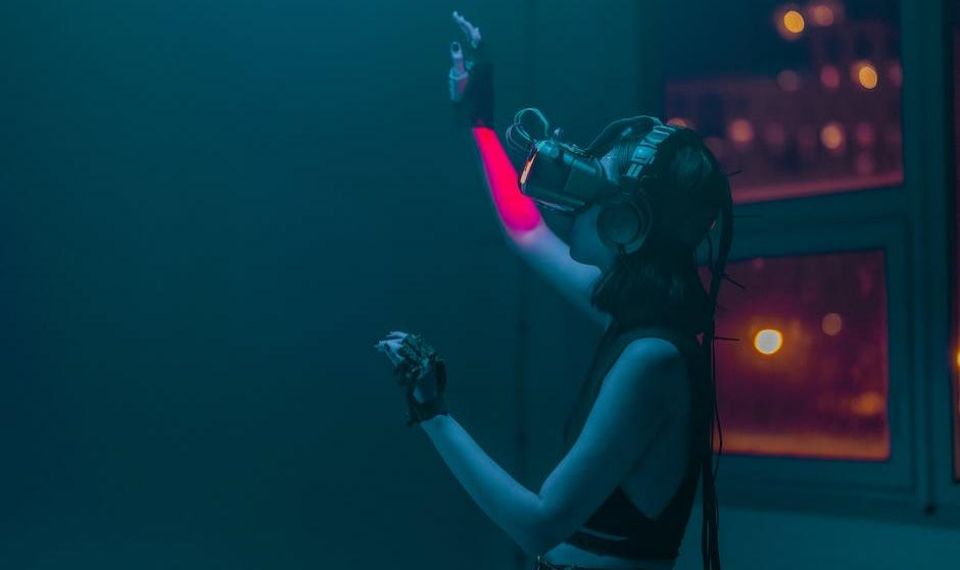
Over the past few years, Virtual Reality (VR) and Augmented Reality (AR) have been pulling the strings behind some of the innovative changes in technology. Flying from being negligible concepts to being a powerful medium that is redefining the way we live, play, and work. Nonetheless, no advancement is more paradigm-shifting than the advent of standalone VR headset technology.
Previously, high-quality VR experiences were in arm’s length to the majority due to various constraints: high pricing, the necessity of connection with high-powered PCs, and a surrounding space to prevent any collisions. However, the introduction of standalone VR headsets like Oculus Quest has redefined the accessibility and versatility of VR technology, rendering it highly practical for everyday use.
Standalone VR headsets work independent of any external devices and come equipped with all the necessary tech integrated into the headset itself. This eliminates the need for an entanglement of wires tethering you to a specific area. It remarkably enhances the user’s freedom of movement and significantly reduces the setup time, making VR experiences more spontaneous and organically as part of daily life.
Another crucial refinement in VR technology is inside-out tracking, which is implemented in modern standalone VR headsets. Unlike the sensors required by older VR systems, the inside-out tracking system uses cameras installed on the headset to track the position of the headset and controllers in real-time in relation to the physical surroundings.
This ingenious tracking system allows for the creation of more immersive experiences by better understanding the user’s physical space and how they move within it. Furthermore, this technology also enhances the practicality of the headset by removing the need for additional sensors and cables, simplifying the entire setup while maintaining a high level of functionality and immersive capabilities.
Moreover, standalone VR headsets also enable the use of hand tracking and augmented reality passthrough features. Hand tracking allows users to interact with the digital world using their natural hand and finger movements. The passthrough feature, on the other hand, uses the headset’s built-in cameras to provide a real-time view of the physical world, creating an augmented reality experience that blends the physical and digital worlds seamlessly.
Besides, the integration of AI in VR technology is promising an astounding shift in personalized experiences. Machine learning algorithms can now record a user’s preferences and behaviors, enabling a more tailored virtual experience like never before. The implementation of AI drives a more immersive and engaging environment, thereby opening the door to infinite possibilities for virtual reality.
To conclude, the paradigm shift in VR technology, driven by standalone VR headsets and advancements like inside-out tracking, hand tracking, and augmented reality passthrough, has pushed the envelope of what was thought possible in the virtual world. These advancements are revolutionizing the technology, offering a flexible, immersive, untethered, and more accessible VR experience. They are robustly sparking the encouragement for further exploration in the world of VR, bridging the gap between reality and imagination.





